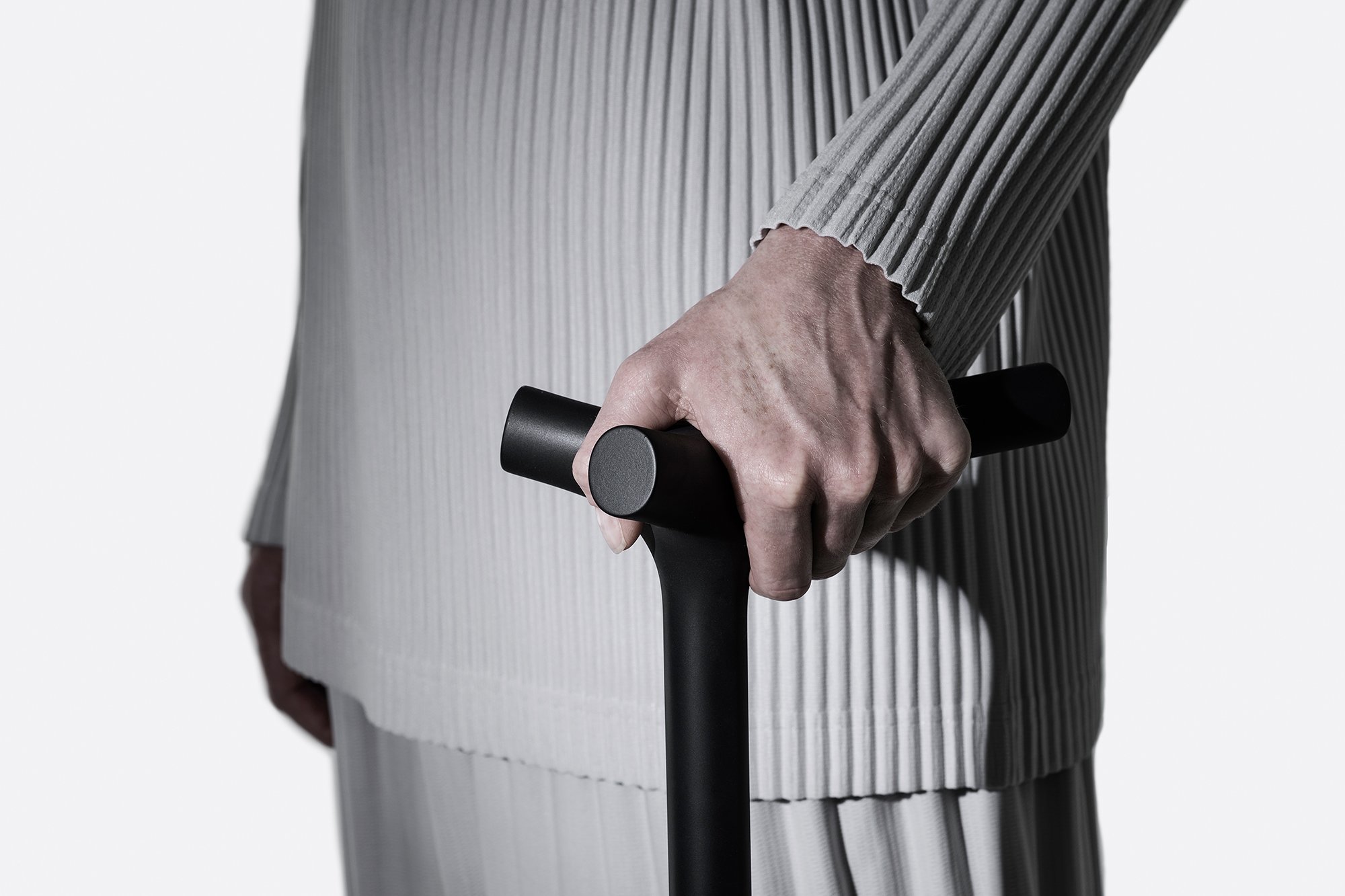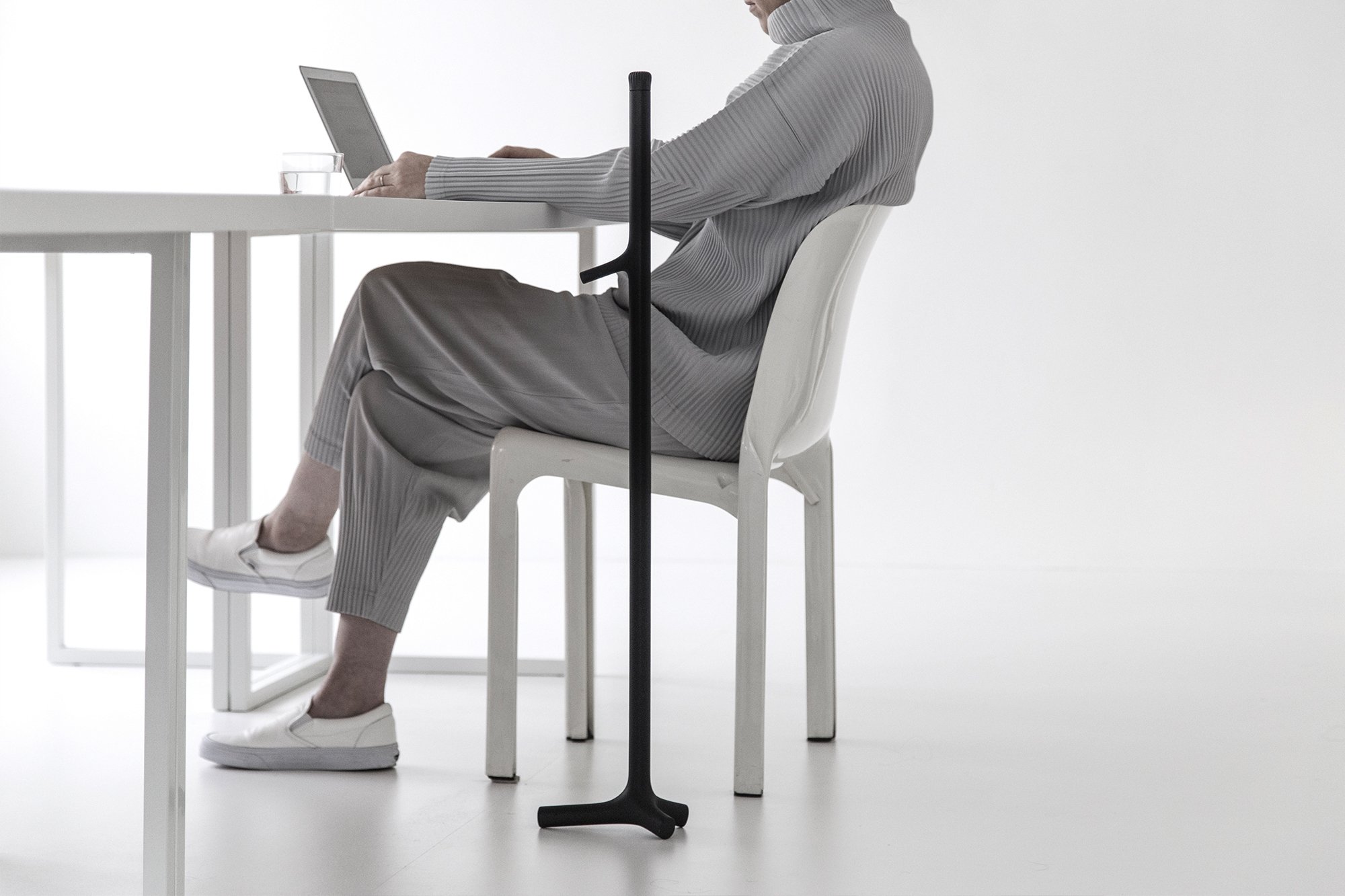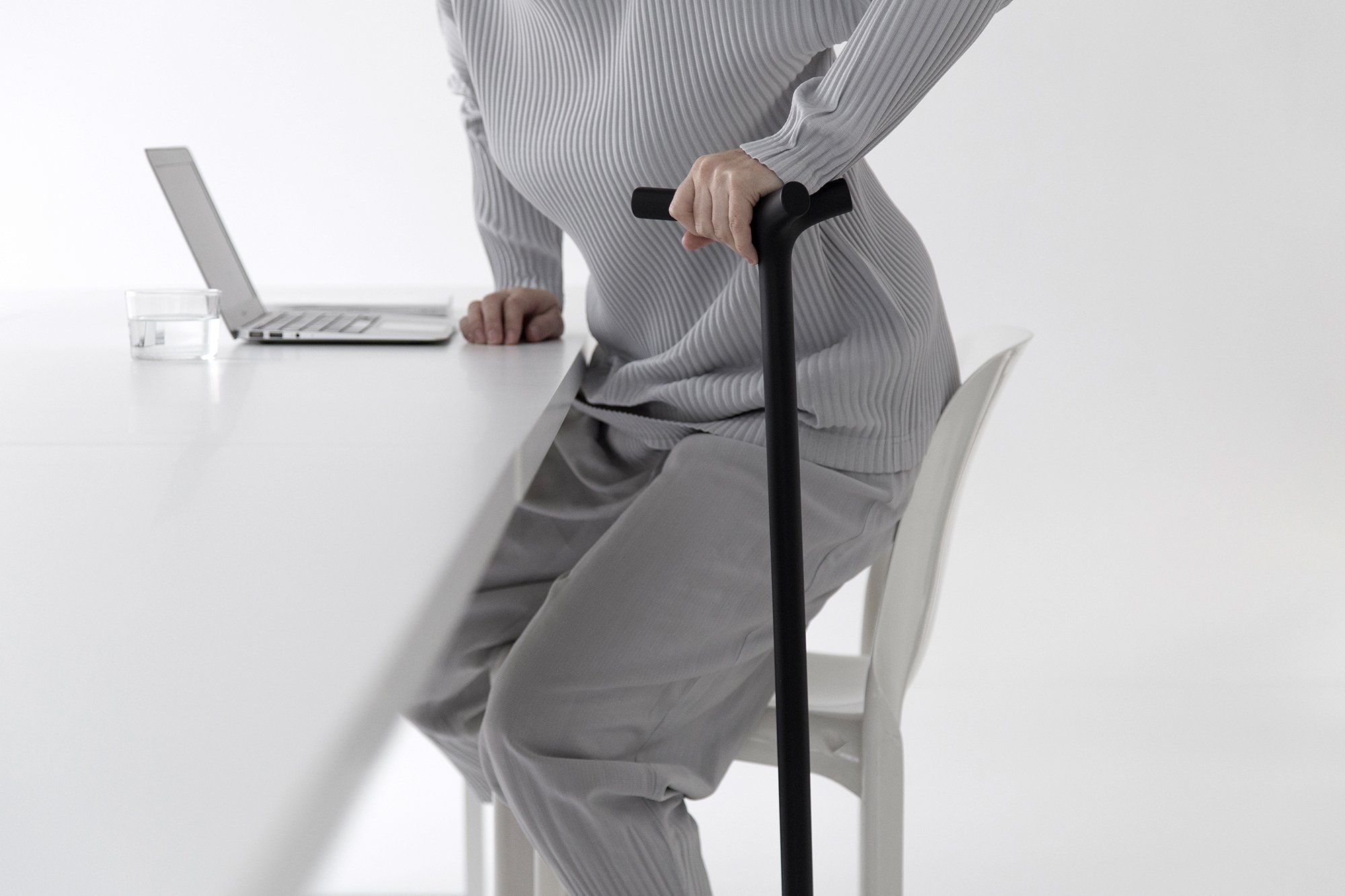Walking proud with Shiro Studio's ENEA
In 2017, the forward-thinking London-based Shiro Studio released their 3D-printed walking stick ENEA. The minimalist and contemporary walking stick is the result of comprehensive research and a collaborative project, with the aim of addressing the stigma and flaws usually associated with walking sticks. Instead of merely being an unavoidable manifestation of its users’ physical limitations, ENEA encourages them to embrace the walking stick as a functional and design statement – something to be proud of.
Shiro Studio is an award winning architecture practice founded in 2009 with an international reputation for delivering innovative projects that span the disciplines of architecture, art, product design and temporary installations.
“I have always been fascinated to develop medical design. For many years whilst studying architecture, I volunteered as an emergency ambulance medical technician. This experience exposed me to the functional beauty of many devices on board ambulances. Since those times I have always looked for opportunities to improve user experience of healthcare aids through mindful design.” – Andrea Morgante, founder of Shiro Studio



The ENEA walking stick is a real innovation, both in terms of technology and design – which is no surprise coming from Shiro Studio. The walking stick is the very first fully 3D printed walking stick, and promotes the studio’s core values: comfort wrapped in a contemporary design language and manufacturing technique.
Most walking sticks tend to end up falling to the floor, forcing its users to bend down to pick it up – a real problem when it comes to elderly people or mobility-challenged users. ENEA, contrastingly, has a three-axis handle, which allows it to stand vertically on its own without any additional support, allowing its user to engage in their activities without having to worry. The stick even features a small appendix in its lower section which serves to park it onto desks or shopping counters. Because comfort is a priority at Shiro Studio, the handle also offers a higher degree of grip comfort by significantly reducing hand ligament stress: its wider, ergonomic surface can be held in two different positions, providing the user with versatility. As for the manufacturing of the 3D walking stick, Mhox Design and engineer Vincenzo Reale of Arup developed an internal porous structure that mimics the trabecular bone tissue exclusively for Shiro Studio. This keeps the stick as lightweight as possible without compromising its structural integrity – a much-appreciated element for its users.
The prototype is still in the works and isn’t available on the market as of it, but we encourage you to keep your eyes peeled for when it makes its debut.
Pictures: Shiro Studio

